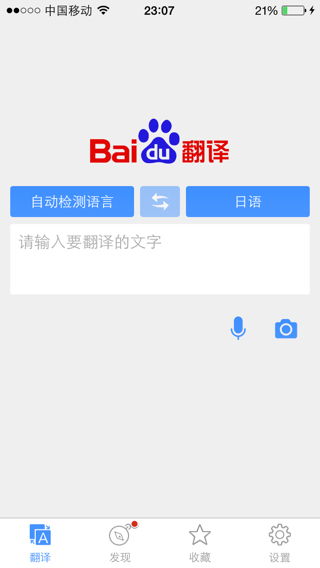Title: Mastering English Translation on Your Smartphone
In today's interconnected world, having the ability to translate languages on the go is invaluable. With the advancements in technology, especially in smartphone applications, translating English has become more accessible than ever. Whether you're a traveler, a student, or a professional, having a reliable translation tool at your fingertips can enhance your communication and understanding across language barriers. In this guide, we'll explore the various methods and applications available for translating English on your smartphone and provide tips for maximizing their effectiveness.
Understanding the Basics of Translation Apps

Before diving into specific applications, it's essential to understand how translation apps work. Most translation apps utilize machine learning algorithms and neural networks to analyze and translate text from one language to another. These algorithms continuously improve through user feedback and data analysis, making them increasingly accurate over time.
Popular Translation Apps for English
1.
Google Translate
: Arguably the most widely used translation app, Google Translate offers translations for over 100 languages. Its intuitive interface allows users to type, speak, or even take pictures of text for translation. Additionally, it offers offline translation capabilities for certain languages, making it ideal for travel.
2.
Microsoft Translator
: Microsoft Translator is another powerful tool that supports text, voice, and image translations. It also offers conversation mode, where users can communicate with someone in a different language in realtime. One notable feature is its integration with Microsoft Office, allowing for seamless translation within Office documents.
3.
iTranslate
: iTranslate stands out for its simplicity and accuracy. It supports translations for over 100 languages and offers features like voice input, dictionary definitions, and offline translation. It also has a premium version with additional functionalities such as website translation and verb conjugations.
4.
DeepL Translator
: Known for its highquality translations, DeepL Translator uses artificial intelligence to provide more naturalsounding translations. While it supports fewer languages compared to other apps, its focus on quality makes it a favorite among professionals and language enthusiasts.
Tips for Effective Translation
1.
Provide Context
: When translating phrases or sentences, provide as much context as possible to ensure accuracy. This can include the tone, intention, and cultural nuances of the text.
2.
Verify Accuracy
: While translation apps are powerful tools, they are not infallible. Always doublecheck translations, especially for critical or sensitive content, to ensure accuracy.
3.
Learn Grammar and Syntax
: Understanding the grammar and syntax of both the source and target languages can help improve the quality of translations. Consider using language learning apps or resources to strengthen your language skills.
4.
Practice Pronunciation
: If you're using translation apps for language learning, practice pronouncing the translated words and phrases to improve your speaking skills.
5.
Stay Updated
: Keep your translation apps up to date to benefit from the latest improvements and features.
Conclusion
Mastering English translation on your smartphone can significantly enhance your communication abilities and open doors to new opportunities. By leveraging the power of translation apps and following best practices, you can overcome language barriers with confidence. Whether you're traveling, studying, or conducting business, having a reliable translation tool in your pocket empowers you to connect with the world in meaningful ways.
Now, equip your smartphone with the right translation app, and embark on your journey to linguistic mastery
文章已关闭评论!
